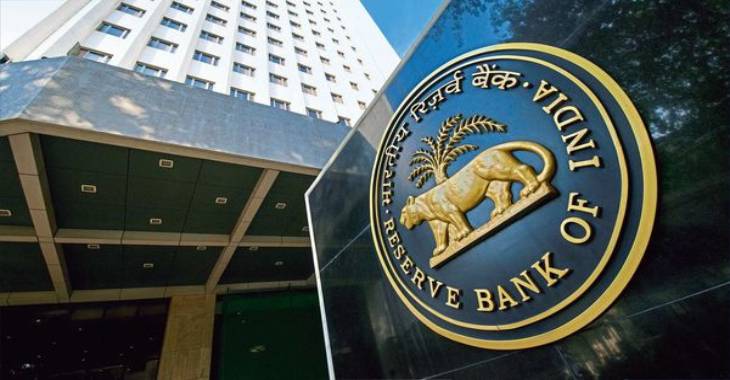The latest Reserve Bank of India (RBI) measures worth Rs 1.5 lakh crore to inject liquidity into the banking system should alleviate money market stress, while the start of bond purchases is also likely to drive rupee rates lower through the signalling effect and expectation channel that the RBI will avoid tightening liquidity conditions and may need to conduct more open market operations (OMOs), leading brokerages said on Tuesday.
According to an HSBC note, the focus will now shift to the Union Budget on February 1 and, more importantly, the RBI monetary policy committee (MPC) meeting on February 7, with increased chances of a drop in the repo policy rate (HSBC Economics forecasts a 25 basis point policy rate cut).
“We expect OMO auctions to purchase government bonds to lead to a compression of term premiums and we maintain our buy on 10-year government securities,” according to it.
The central bank would conduct three OMO purchase auctions of government bonds worth Rs 60,000 crore.
Three OMO auctions for Rs 20,000 crore each will be held on January 30, February 13, and February 20.
Second, a $5 billion six-month FX swap (USD/INR buy/sell swap) auction will take place on January 31. This will be comparable to approximately Rs 43,000 crore in currency liquidity.
Third, a Rs 50,000 crore long-dated variable rate repo auction (56 days) will take place on February 7.
A 56-day term ensures that banks’ liquidity needs are met through the end of March.
According to Emkay Global Financial Services, a shift in the liquidity cycle is a powerful stimulant for domestic equities, with BFSI being the strongest short-term investment.
“This is combined with additional positives: earnings predictions have held up until January 2025, and valuations have become more affordable. This may not be the absolute low for the markets, but we believe it is a good moment to start looking into stocks with fair prices,” stated Emkay Global.
Brokerages believe that more liquidity measures and a rate decrease in February will have a greater impact.
“We believe, however, that this should be combined with the easing of lending restrictions imposed on banks and NBFCs since late 2023, particularly on unsecured loans.” This would restore momentum to retail lending and spark a consumption rebound in the second part of CY25. Given the limited scope for fiscal stimulus, this should be an essential countercyclical imperative,” Emkay Global stated.
Read More
Paytm Payments Services CEO Nakul Jain resigns; business seeks suitable replacement
GenAI adoption is expected to transform roughly 3.8 crore occupations in India by 2030


